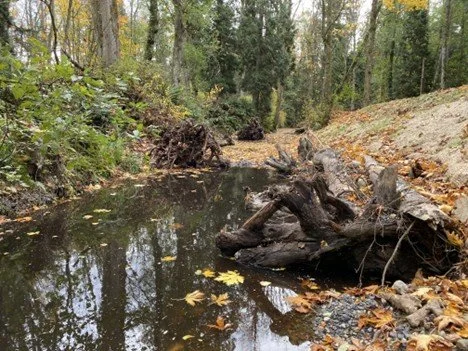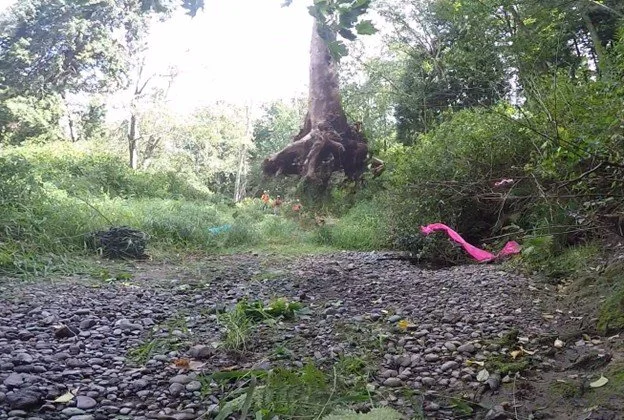By Alexi Guddal, Whatcom Conservation District
“This was the best work party I have ever been to! There was amazing energy, and the tour afterwards made the work I did feel like it was making a difference. My work is part of larger efforts happening at this site, this stream, and the ecosystem.”
– Maddie Gavigan Martin, Orca Recovery Day Volunteer
115 people came to Kenney Creek for Orca Recovery Day 2025!
Orca Recovery Day 2025 may have been the best Orca Recovery Day yet in Whatcom County! Despite threat of rain, 115 volunteers came to Kenney Creek to plant 712 trees in support of salmon and the orcas that depend on them. The atmosphere carried a feeling of hope and empowerment. Even the rain held off until the end of the event!
712 Trees were planted along the stream to help improve the habitat for salmon and the orcas that rely on them.
Orca Recovery Day is a regional event organized by Conservation Districts across the Salish Sea. It aims to connect the ideas of riparian ecosystem health to marine wildlife habitat health, raise awareness about actions at home that can help orcas, and to show the power of collective action. Since 2018, 10,500 volunteers have restored 120 acres of habitat and planted 50,600 native trees and shrubs during Orca Recovery Day events.
Orca Recovery Day brings people together across the Salish Sea to support Endangered Southern Resident orcas.
Whatcom Conservation District, Whatcom Land Trust, and Nooksack Salmon Enhancement Association have partnered to host a streamside planting Orca Recovery Day event every year since 2018. These plantings will strengthen the forest along the creek, providing critical habitat for wildlife and keeping water cold, clean, and clear for salmon. Kenney Creek, the site of this year’s Orca Recovery Day, supports Spring Chinook, coho, steelhead, and pink salmon and flows directly into the North Fork Nooksack River, home to all five Pacific salmon species. Improving salmon habitat supports the endangered Southern Resident Orcas, which are in decline, in part, due to reduced Chinook salmon populations.
Since 2018, 10,500 volunteers have restored 120 acres of habitat and planted 50,600 native trees and shrubs during Orca Recovery Day events.
The planting on Orca Recovery Day fits into larger efforts happening at Kenney Creek. Whatcom County is close to completing a large fish passage barrier removal project connecting the confluence of Kenney Creek to the North Fork Nooksack River. Whatcom Conservation District has been working closely with other partners to improve the stream itself by adding complexity with large woody debris and other in-stream work. The current planting project is funded by the Salmon Recovery Funding Board. After volunteers planted all the available trees, they were able to walk the stream with representatives from the different partnering agencies to see all the in-stream and fish passage barrier removal work that will complement the plantings.
Orca Recovery Day 2025 was a day of celebration and empowerment for the volunteers who came to Kenney Creek. However, our iconic orcas need help from us every day. There are many ways you can help them: making sure only water is going down your local storm drains, giving space to orcas while boating, and planting native plants on your property to filter pollutants—especially if your property borders a stream. Whatcom Conservation District may be able to help you with streamside restoration work; reach out to a Whatcom CD habitat specialist today for a free site visit to talk about restoration options.
After volunteers planted all the available trees, they were able to walk the stream with representatives from the different agencies to see all the in-stream and fish passage barrier removal work that will complement the plantings.
All photos by Alexi Guddal












